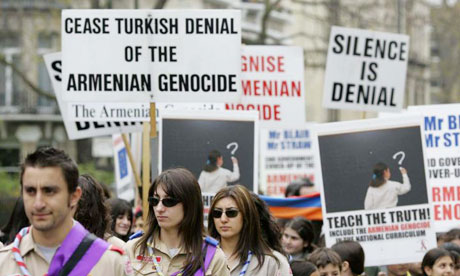A century ago, in a misconceived encounter on the history-soaked precipices of Asia Minor, the sons of Anzac received their battle initiation against the German-trained forces of the Ottoman Empire.
Now, in an annual event that grows in mythology and status in proportion to the passing of the years, is celebrated the shared combat ordeal of gallant “Johnny Turk” and the Bronzed Anzac.
And why not?
The Turkish forces, well prepared behind excellent defences, used their tactics to good effect, ably led by a professional officer who was to go on to bigger things, such as the fire destruction of Smyrna – namely, Kemal Ataturk.
But, pause for one moment to consider a slightly different scenario.
Let us suspend historical reality for the purposes of this exercise.
What if, say, instead of Gallipoli, the Anzac forces were going into combat with an SS Battalion somewhere in Poland during the Second World War?
Would we then, decades later, be joining up with our comrades in battle to celebrate what both sides had gone through, our enmities forgotten?
Can one commemorate the shared experiences with enemy forces who acted as the military arm of a state carrying out a terrible genocide at the same time?
For it was the night before the landing at Gallipoli on 25 April 1915 in the capital of the Ottoman Empire, then called Constantinople, when occurred the arrest, detention and subsequent liquidation of 625 intellectuals, priests and leading figures of the Armenian Empire.
This event is widely held to signal the onset of the first major genocide of the twentieth century, the most blood-drenched period in human history.
What followed was a mass murder of an entirely innocent group of citizens in the Ottoman Empire by means that are still horrifying to contemplate.
By the time Turkey sued for peace in 1918, up to 1.5 million Armenians had been slaughtered, decimating the population of a group of people who had lived in the Fertile Crescent since the dawn of human settlement. Continue reading
Sources
